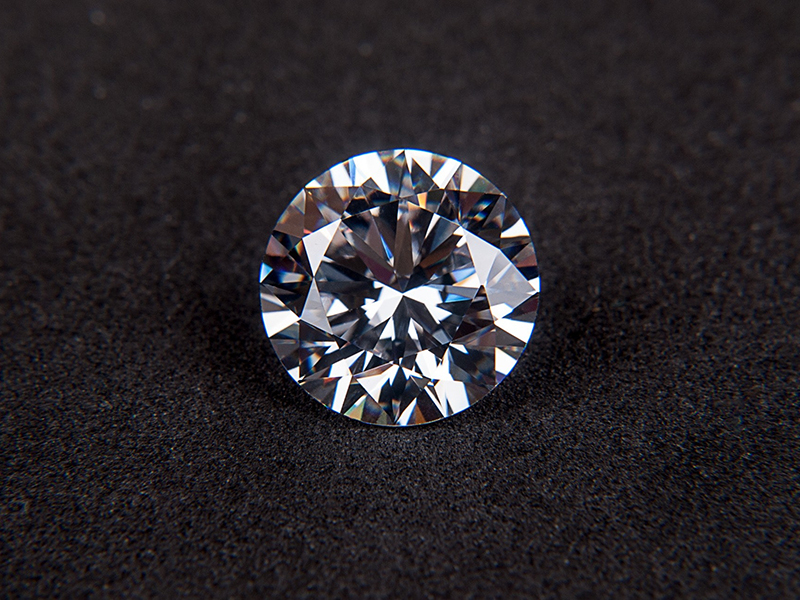By Indra Jhaveri of
AMI Diamonds and Jewelry
Out of the 4C’s (cut, carat, clarity and color) of diamonds, the clarity and color of a diamond can be enhanced with current technologies. This article briefly discusses the clarity enhancement of cut diamonds, which can have imperfections (i.e. carbon inclusions and feather inclusions – especially the ones that can reach the surface or that are accessible via laser) that can be improved to be less objectionable to the naked eye.
Budget minded individuals can now have bigger and better-looking diamonds, which cost a lot less than similar looking natural diamonds. When shopping for diamonds, it is a legal requirement for the supplier/jeweler to disclose any enhancement to the natural diamond.
In the early 1990s, Rick Chotin, a St. Louis retailer with a 40-year-old store was one of the first jewelers to sell treated diamonds. He charged significantly lower prices but failed to mention to his customers that the diamonds were fracture-fill treated…they simply thought he was giving them a good deal. Once this came to light and was publicized, customers started checking their diamonds. It turned out that some 90 percent of the diamonds he sold were treated. The local attorney general ordered that Chotin refund the clients, as well as pay penalties. He tried to do what was right and used his life savings of $1,000,000 to refund his customers but that wasn’t enough. When the money ran out, he succumbed to the pressure and ended up committing suicide.
Technical Details
Israeli inventor, Avi Yehuda, developed a clarity enhancement procedure back in the early 1980’s. It has evolved quite a bit since then to improve the diamonds appearance and salability. However, a trained gemologist/jeweler can detect a “flash effect” of spectral hues along a repaired fracture. They are also able to see minute air bubbles as a result of filling or surface-reaching laser drilled microscopic tube.
Popular clarity enhancement techniques are:
Deep Boiling:
Diamonds with a dark surface reaching inclusions (like carbon) are deep boiled under pressure with an acid treatment for ten to twelve hours. The chemical reaction removes black inclusions, leaving a whitish, almost imperceptible inclusion in its place.
Laser Drilling:
When dark inclusions (like carbon) don’t reach the surface, a laser makes a microscopic hole from the surface to the inclusion and then the deep boiling mentioned above is performed.
Special Laser Drilling:
This process is similar to laser drilling, but creates a microscopic plane through the diamond to its dark inclusion and then is filled in.
Fracture Filling:
This process works with clear feather inclusions and involves filling the empty cavity (or fractures) with clear silicon or other compounds.
For more information, contact Indra Jhaveri at [email protected], call 602-432-2920 or 602-923-8200, or visit amidiamondsandjewelry.com





